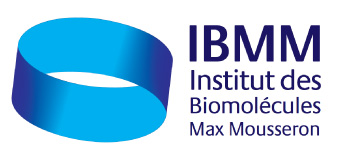Heavy cyclobutadienes and heavy ketones
Séminaire Chimie ED459
Prof. Tsukasa
Le Jeudi 15 Novembre 2018 à 14h
Institut Européen des Membranes, salle de conférences (campus Balard Bât. 40, 300 avenue Émile-Jeanbrau)
Date de début : 2018-11-15 14:00:00
Date de fin : 2018-11-15 15:30:00
Lieu : IEM salle de conférences (300 av. Jeanbrau)
Intervenant : Prof. Tsukasa
Department of Applied Chemistry, Faculty of Science and Engineering, Kindai University, Osaka, Japan
In 2011, we reported the synthesis of the first cyclobutadiene (CBD) silicon analogue, Si4(EMind)4, supported by the fused-ring bulky EMind groups (EMind = 1,1,7,7-tetraethyl-3,3,5,5-tetramethyl-s-hydrindacen-4-yl). The Si4 ring shows a planar rhombic charge-separated structure as a consequence of the polar Jahn-Teller (J-T) distortion to counteract the antiaromaticity with a cyclic 4π-electron system. This result is in sharp contrast to the fact that the carbon CBDs are mainly stabilized by the covalent J-T distortion producing a rectangular-shaped C4 ring with two isolated C=C double bonds. In 2018, we reported the CBD germanium analogue, Ge4(EMind)4, which can be obtained as room-temperature stable dark red crystals via the reaction of the 1,2-dichlorodigermene with lithium naphthalenide. The 4π-electron antiaromaticity is also stabilized by the polar J-T distortion in the Ge4 ring producing a planar diamond-like charge-separated structure. The heavy ketones including a germanone, (Eind)2Ge=O (Eind = 1,1,3,3,5,5,7,7-octaethyl-s-hydrindacen-4-yl), with a planar tricoordinate Ge atom and a terminal oxygen atom will also be presented.
Contact local ICGM : Michel
